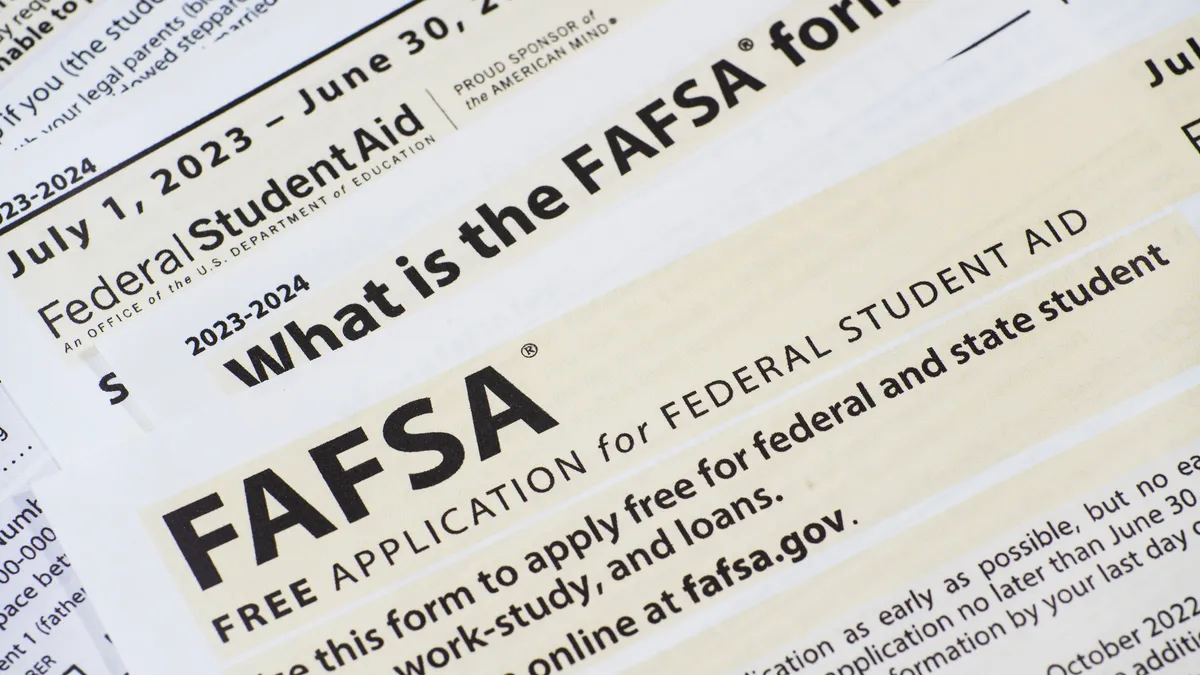Dive Brief:
- The college student loan problem may not be as dire as it is portrayed in the media, according to a new analysis of data from the Federal Reserve’s Survey of Consumer Finances.
- The authors of the report — titled “Is a Student Loan Crisis on the Horizon?” — conclude that today’s typical college loan borrowers aren’t worse off than those who borrowed 20 years ago.
- The average lifetime incomes of college-educated Americans have increased at a faster pace than their debt loads, according to the report.
Dive Insight:
The authors of the report — Beth Akers and Matthew Chingos, fellows at the Brookings Institute’s Brown Center on Education Policy — used data compiled between 1989 and 2010. The report shows that about one quarter of the increase in student debt in the U.S. since 1989 comes from students obtaining more education, such as graduate degrees. The average debt of borrowers with graduate degrees increased to more than $40,000 from $10,000, while the increase for borrowers with bachelor degrees increased to $16,000 from $6,000. The median borrowers have spent 3% to 4% of their monthly income on student loan payments since 1992, while the mean payment-to-income ratio has fallen to 7% from 15%.








